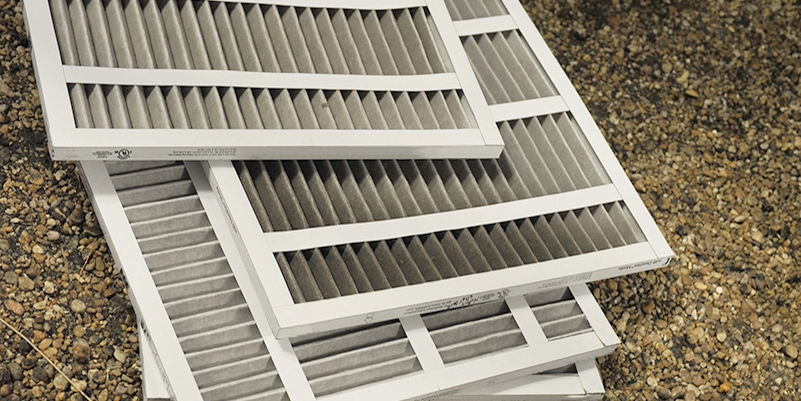
In preparation for winter, you retire the air conditioner and get ready to heat your home. Another way to prepare your property for frigid temperatures is to replace the HVAC filter. Before you do, consider rethinking the type of filter you use.
It’s important to know that not all furnace filters are the same. They provide varying degrees of filtration, and some are reusable, while others aren’t. There are even compatibility issues to be aware of. Learn about the different types of air filters for the home to help you decide which one might be right for you.
Fiberglass HVAC Filters
Spun fiberglass filters have a minimum efficiency reporting value (MERV) between 1 and 4. This means they can trap about 80 percent of particles sized 50 microns or larger and 25 percent of particles ranging from 3 to 10 microns.
This is the minimum amount of filtration needed to keep hair and large dust particles from settling on and possibly damaging HVAC components. Fiberglass filters allow for maximum airflow, but they don’t do anything to improve indoor air quality. A fiberglass HVAC filter may be right for you if you don’t have any pets, allergies, or chronic respiratory conditions.
Pleated HVAC Filters
These mid-range filters are rated between MERV 5 and 8. They trap a majority of airborne pollen, pet dander, and dust mites measuring as small as 5 microns. This type of filter is widely used in homes across North America. You know you have a pleated filter if the surface has a V-shaped chevron pattern.
The furnace has to work a little harder to push air through a pleated filter, but the resulting improvement in indoor air quality is usually worth the minute increase in energy costs. A pleated HVAC filter may be right for you if you have pets or mild allergies.
Electrostatic HVAC Filters
Ranging from MERV 2 to 10, electrostatic filters feature self-charging fibers that attract particles from the air without increasing the tightness of the weave. This allows air to pass through efficiently while making it possible to trap a greater number of particles measuring 1 to 3 microns.
Unlike other types of filters, electrostatic filters come in washable versions. These cost more upfront, but because you can clean and reuse them, they usually pay for themselves. Electrostatic HVAC filters may be suitable if you want better filtration with ample airflow. Just remember to check the MERV rating since being labeled “electrostatic” doesn’t necessarily guarantee a more efficient filter.
HEPA Filters
High-efficiency particulate arrestance (HEPA) filters are the most efficient available. At MERV 17 to 20, these impressive filters are capable of trapping 95 percent or more of mold, fine dust, asbestos, bacteria, and viruses measuring as small as 0.3 microns.
The problem with HEPA filters is that they drastically restrict airflow. You may need to have your system modified to ensure compatibility. Otherwise, the furnace is likely to overheat due to a lack of airflow. You should only pursue this level of filtration if you or a family member has severe allergies, asthma, or chronic obstructive pulmonary disease (COPD).
Get Help Selecting an HVAC Filter for Your Home
With so many factors to consider, you may still be unsure which type of air filter you should use. Aire Serv® can help you make the right choice. With our guidance, you can maximize air filtration without accidentally damaging your system with an incompatible filter.
For answers to any additional questions you have about air filters for the home, please contact Aire Serv today.

